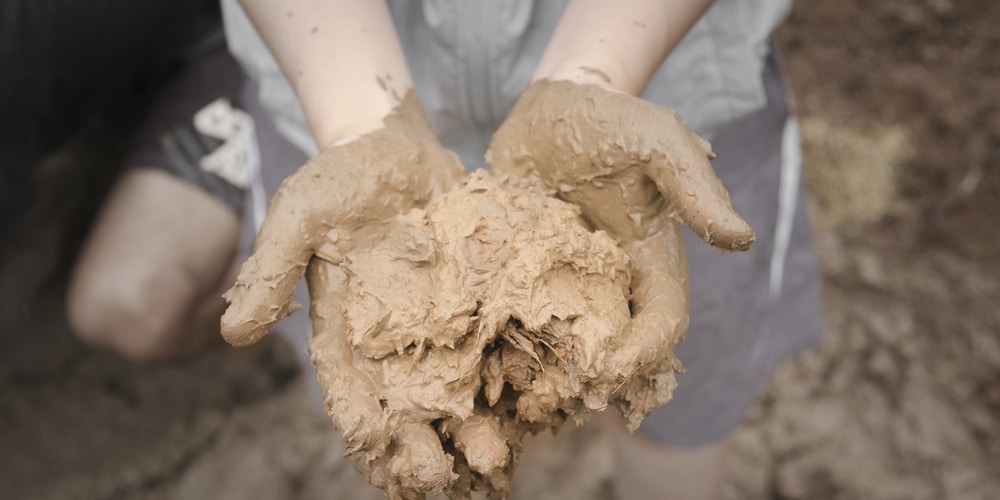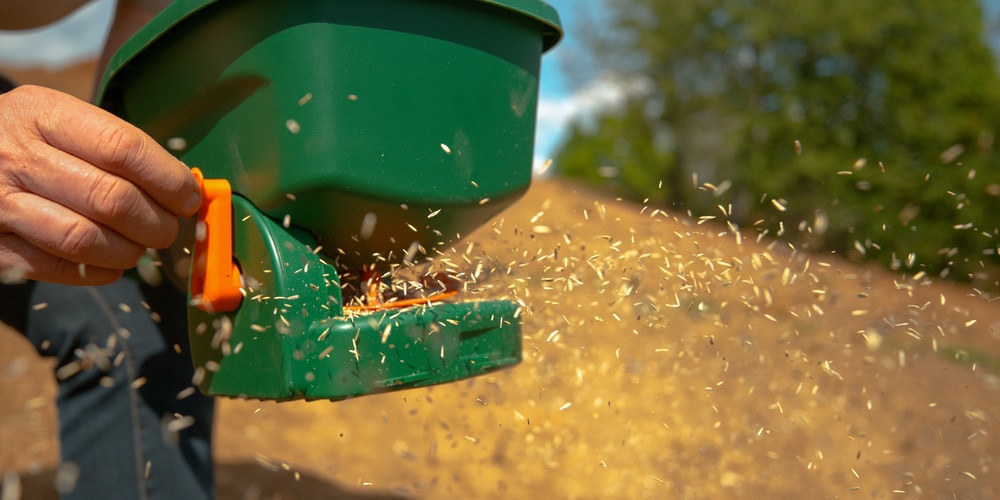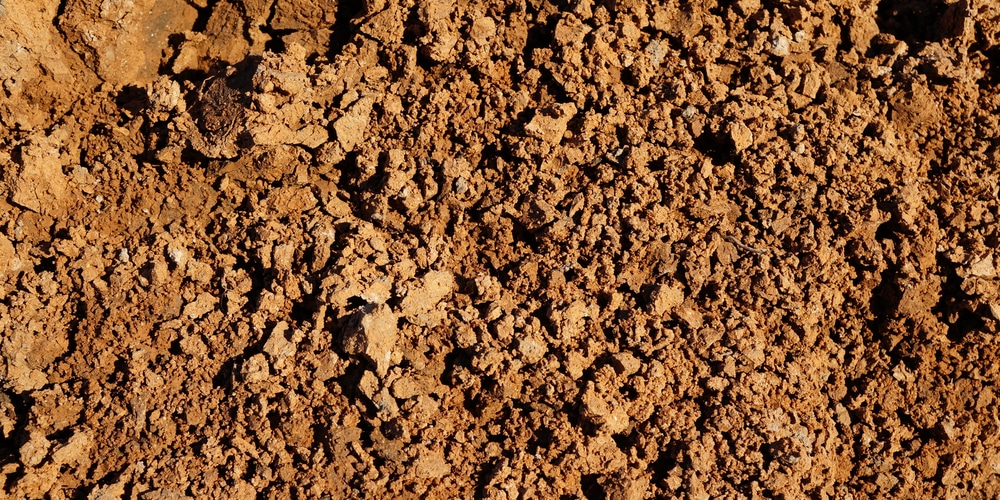Growing anything in clay can be challenging: this type of soil is compact (limiting access to nutrients) and prone to sogginess (which can cause roots to rot). So, it doesn’t offer the optimal conditions for plants that need good drainage and rich nutrition to carry out photosynthesis.
On top of that, we all know how challenging it can be to maintain a healthy lawn: even in rich, well-draining, and loose soils, growing grass requires plenty of attention. To have it thriving, you’ll need to dedicate time and effort. Mowing at least once per week, fertilizing it when needed, and keeping weeds (and pests) at bay, are only some things you must pay attention to when maintaining a lawn.

With that in mind, imagine growing a lawn in clay soil: is that even possible? We have good news! The truth is that with the proper preparation and commitment, you’ll be able to grow your grass even under such conditions. Yes, maintaining a healthy lawn in clay will require different measures. However, that doesn’t make having grass in your yard impossible!
To help you in the process, we put together this essential guide. Here, you’ll find what grass seeds for clay soil you should consider adding to your garden. You’ll learn how to make the most of your lawn under such conditions and successfully care for it.
Grass Seed For Clay Soil: What is the Best Option?
With the proper care, growing a plant in clay soil doesn’t have to be as complicated as you imagine. All you have to do is adequately prepare the ground, understand that you must adjust the watering schedule, and give specific attention to your plant, depending on its species.
When it comes to grass, aeration and top dressing will make a difference in your results (more on this in the following section). But, if you want to get excellent results, the best seeds you should consider planting are tall fescue, Bermuda, Buffalo, and Ryegrass.
If you need a cool-season lawn, look no further than tall fescue. This grass type is versatile and has a deep root system that helps adaptation to drought and various soil and weather conditions, including clay environments. Plus, it offers excellent tolerance to cold, heat, and shade. Even if you are a beginner gardener, you won’t have any issues with this type of lawn: it is easy to maintain. You might have to oversee a few times per year to improve density and keep your grass lush.
But if you live in a Southern region, Bermuda grass is your best option: this type of lawn also has a high tolerance to drought, heat, shade, and foot traffic. It grows fast and can recover quickly after periods of stress. However, this also means that it requires more frequent care. It survives and thrives even in clay soil, but make sure you prepare it as we suggest in the following section!
Alternatively, both Buffalo and Ryegrass also work well for clay soils. Buffalo is a warm-season grass that tolerates long periods of drought and thrives with little to no maintenance. On the other hand, perennial ryegrass is best suited to cold weather and requires more water and fertilization than the types of grasses we included in this guide.
Improving Clay Soil
Clay soils are dense and have poor drainage, causing halted growth to most plants. You might need to aerate your soil mechanically or manually to improve conditions. If you don’t own a core aerator, don’t worry: you can look for places to rent it. After aeration, amend the soil with organic matter such as compost and manure. Doing so will improve drainage and nutrient content. For even better results, fill the voids left after aeration with compost.
Alternatively, you can use liquid aeration to loosen up the soil and allow nutrients and water to penetrate deeper and reach the roots more easily. The solution works by breaking up clay’s dense particles and creating a way for nutrients and water to move and get to the roots without much effort. Don’t forget to follow the instructions you find on the products to avoid damaging the soil.
You can improve your soil’s conditions by adding organic matter such as leaves, grass clippings, and starter fertilizer. Top your amendments with topsoil to enhance your lawn’s growth and maintain it healthy.
Grass seed for clay soil: The Bottom Line
So, as you can see, it is possible to grow grass even in clay soils. However, you’ll need to follow the tips we included in this guide if you want to prevent your grass seeds from struggling under such conditions.

